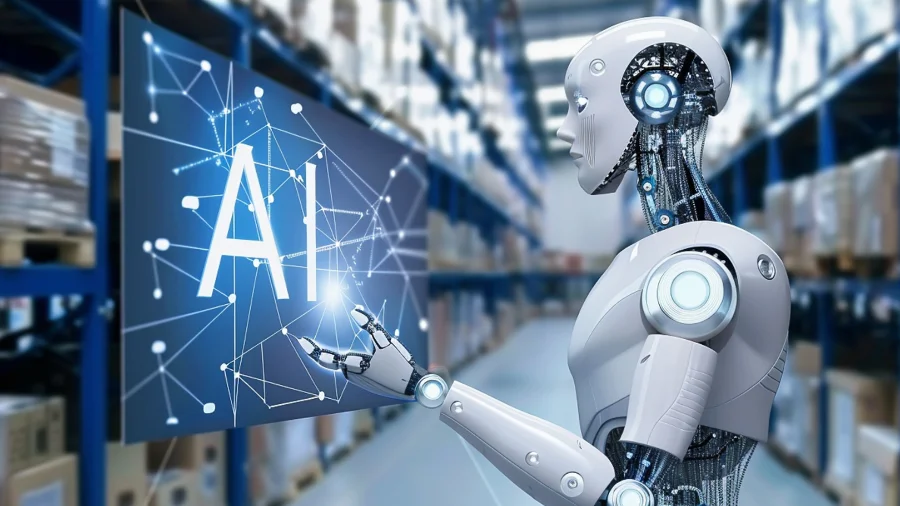Artificial intelligence is redefining how businesses and individuals interact in digital spaces. In 2025, AI-driven personalization has emerged as a cornerstone of user experience, tailoring content, services, and interactions to individual preferences with unprecedented precision. By leveraging advanced algorithms and vast datasets, AI is creating hyper-personalized environments across industries. This article explores the mechanics, applications, and challenges of AI-powered personalization.
How AI Personalization Works
AI personalization relies on machine learning models, particularly recommendation systems and natural language processing (NLP), to analyze user behavior and preferences. These systems process data from multiple sources—clickstreams, purchase histories, social media activity, and even biometric inputs—to build detailed user profiles. Techniques like collaborative filtering, deep learning, and reinforcement learning enable AI to predict what users want, often before they articulate it. Real-time processing, powered by edge computing, ensures instant delivery of personalized content, while generative AI crafts bespoke text, images, or interfaces tailored to individual needs.
Driving Forces
Several factors are fueling the rise of AI personalization:
Open-source AI frameworks and cloud platforms have also lowered barriers, enabling smaller firms to deploy sophisticated personalization systems.
Key Applications
AI personalization is transforming industries by delivering tailored experiences:
These applications showcase AI’s ability to create seamless, user-centric experiences that feel intuitive and engaging.
Challenges
Despite its promise, AI personalization faces significant obstacles:
Addressing these challenges requires transparent data practices, bias mitigation strategies, and balanced personalization approaches.
The Future of AI Personalization
Looking ahead, AI personalization is set to evolve rapidly. By 2030, advancements in multimodal AI—integrating text, voice, and visual inputs—will create even more immersive experiences. Federated learning will enable personalization without compromising privacy by training models on decentralized user devices. AI systems will also become more context-aware, adapting to emotional cues or environmental factors, such as adjusting music playlists based on a user’s mood or location. Integration with augmented reality (AR) will enable immersive, personalized interfaces, like virtual shopping assistants that adapt to user preferences in real time. As businesses prioritize user trust, explainable AI will play a larger role, ensuring users understand how their data shapes their experiences.



































